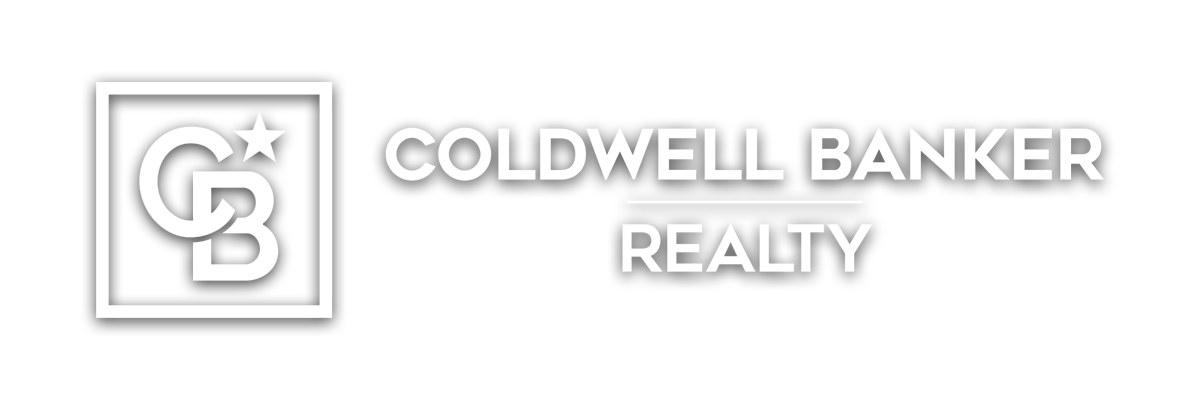Fairfield, CT Real Estate Market Trends (2006-2024)
The Fairfield, Connecticut real estate market has experienced significant fluctuations over the past two decades, reflecting broader economic trends, housing market cycles, and unique local factors. This comprehensive analysis examines key metrics including listings sold, days on market, and price trends to provide insights into Fairfield’s housing market dynamics from 2006 through early 2024. Understanding these patterns is essential for homeowners, potential buyers, and real estate professionals navigating this premium suburban market.
Market Activity: Listings Sold and Days on Market
The following chart illustrates the relationship between the number of home listings sold (blue line) and the average days on market (orange line) in Fairfield from 2006 to 2024. This visualization reveals how market velocity has changed over time, with shorter days on market typically indicating a more competitive seller’s market, while longer periods suggesting conditions favoring buyers.
Insight: Market Activity Analysis
The Fairfield housing market has shown remarkable cyclical patterns over the past two decades. The data reveals a striking contrast between the 2008 financial crisis period and the COVID-19 pandemic era. During the financial crisis (2008-2009), listings sold dropped dramatically by over 30% from the 2007 peak, with days on market climbing above 100 days. Conversely, 2020 marked an unprecedented surge in market activity with listings sold jumping to a record 1,089 properties – a 42% increase from 2019 – while days on market began a steady decline.
Perhaps most notable is the dramatic acceleration in market velocity post-2020. The average days on market plummeted from 87 days in 2020 to just 28 days in 2024 – a 67.8% decrease and the shortest time period in the entire dataset. This extraordinarily fast pace of sales, combined with record high prices, demonstrates a fundamental shift in Fairfield’s real estate dynamics, likely influenced by remote work flexibility, urban exodus trends, and limited inventory.
Price Trends: Average List Price vs. Average Sale Price
This chart tracks the relationship between average list prices and final sale prices in Fairfield over the 19-year period. The visualization helps identify periods of buyer versus seller leverage, with the gap between list and sale prices widening during buyer’s markets and narrowing or even reversing during seller’s markets.
Insight: Price Trend Analysis
Fairfield’s home prices tell a compelling story of market recovery and transformation. Following the 2008 financial crisis, the market experienced five consecutive years of price declines, with average sale prices bottoming out at $667,679 in 2012 – a 25.2% decrease from the 2007 peak. The recovery was gradual until 2020, when the market witnessed an extraordinary acceleration.
The most dramatic price increases occurred between 2019 and 2024, with average sale prices surging from $707,793 to $1,193,278 – a remarkable 68.6% increase in just five years. This unprecedented appreciation far outpaces historical norms. Another interesting pattern emerges when examining the list-to-sale price ratio. During market bottoms (2009-2012), average sale prices were typically 5-6% below list prices. By contrast, in the hot 2023-2024 market, sale prices nearly matched or even exceeded list prices, suggesting intense competition among buyers.
The 2020 pandemic year stands out as a pivotal turning point, with prices jumping 22.3% in a single year – the second-largest annual increase in the dataset. The sustained price growth following this initial surge indicates a fundamental shift in Fairfield’s market positioning, likely reflecting its growing appeal as a premium suburban destination for households seeking more space while maintaining proximity to major employment centers.
Long-Term Market Cycles and Patterns
Examining two decades of Fairfield real estate data reveals distinct market cycles that provide valuable context for interpreting current conditions. The market has demonstrated remarkable resilience, with each recovery ultimately surpassing previous peaks. From 2006 to 2024, average sale prices in Fairfield increased by approximately 45.7%, despite experiencing several significant downturns.
Several notable patterns emerge from the long-term data:
Recurring Market Cycles
The Fairfield market has followed a pattern of roughly 5-7 year cycles between peaks and troughs. The 2006-2007 peak was followed by a bottom in 2012, with another peak emerging around 2018 before the pandemic-driven surge beginning in 2020. This cyclical pattern suggests the market may eventually experience a correction following the current extended period of appreciation, though structural factors like limited inventory may mitigate the extent of any downturn.
Shifting Market Velocity
The relationship between listings sold and days on market has evolved significantly. Between 2006 and 2019, these metrics often moved independently. However, post-2020, they demonstrate a stronger inverse relationship – as listings sold increased, days on market dropped dramatically. This indicates a fundamental shift in market dynamics, with supply constraints playing a more dominant role in recent years.
COVID-19’s Transformative Impact
The COVID-19 pandemic clearly marks a turning point in Fairfield’s real estate trajectory. The year 2020 saw unprecedented changes across all metrics: a 42% surge in listings sold, the beginning of a days-on-market freefall, and a 22.3% price jump. While housing markets nationally experienced growth during this period, Fairfield’s performance was exceptional, reflecting its increased desirability as a premium suburban location offering proximity to urban centers while providing more space and amenities that became increasingly valued during the pandemic.
The 2023-2024 Market: Signs of Normalization?
Recent data suggests a potential stabilization in Fairfield’s market. Though prices continue to increase, the rate of appreciation has moderated somewhat from the rapid growth seen in 2020-2022. Days on market crept up slightly from its record low, rising from 28 days in 2024 to 42 days in early 2025 (partial data through March 31). Meanwhile, listings sold have remained relatively stable in 2023-2024, far below the peak volume of 2020. These indicators suggest a market that remains strong but may be finding a new equilibrium after the unprecedented pandemic-driven surge.
Looking Forward: Market Insights for Fairfield Stakeholders
For current homeowners in Fairfield, the substantial appreciation since 2019 has created significant equity gains. The average homeowner who purchased in 2019 has seen their property value increase by approximately 68.6% in just five years – significantly outpacing inflation and most other investment vehicles during this period. However, this appreciation has created affordability challenges for new entrants to the market.
For prospective buyers, the combination of elevated prices and rising interest rates (compared to the historic lows of 2020-2021) presents a challenging environment. The days of homes selling within weeks of listing may be moderating slightly, but the market remains competitive by historical standards. Buyers should anticipate a market that continues to favor sellers in the near term, with the gap between list and sale prices remaining narrow.
For real estate professionals, understanding the dramatic shift in market velocity is crucial. The data indicates that properties in Fairfield now move significantly faster than historical norms, with the days on market metric showing a structural shift lower. This acceleration requires adjusted marketing strategies and client expectations. The growing premium commanded by Fairfield properties also suggests increasing buyer preference for quality suburban locations with strong amenities and services.
In conclusion, Fairfield’s real estate market has demonstrated remarkable resilience and adaptation over two decades of economic fluctuations. The post-pandemic surge has created a new pricing paradigm that appears to be stabilizing at elevated levels. While historical patterns suggest a cyclical market, structural factors including limited inventory and Fairfield’s enhanced appeal as a premium suburban destination may continue to support strong market conditions in the near to medium term.

